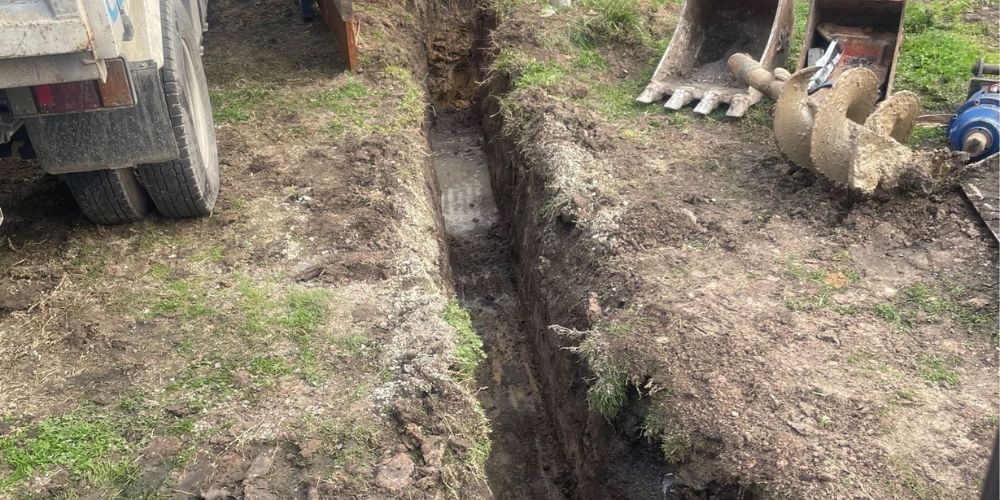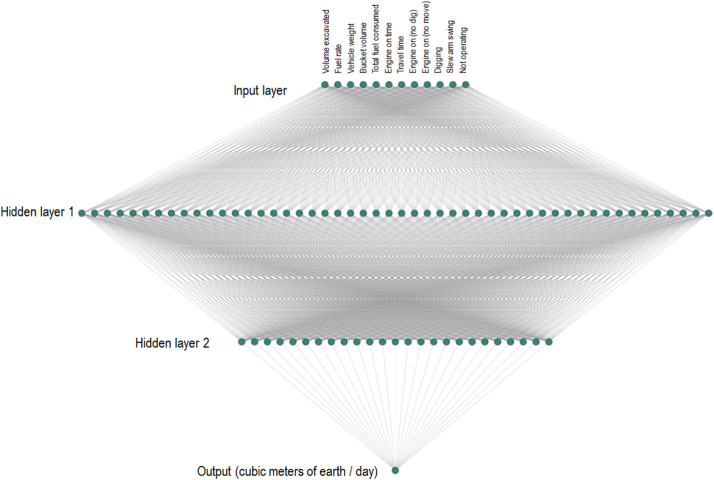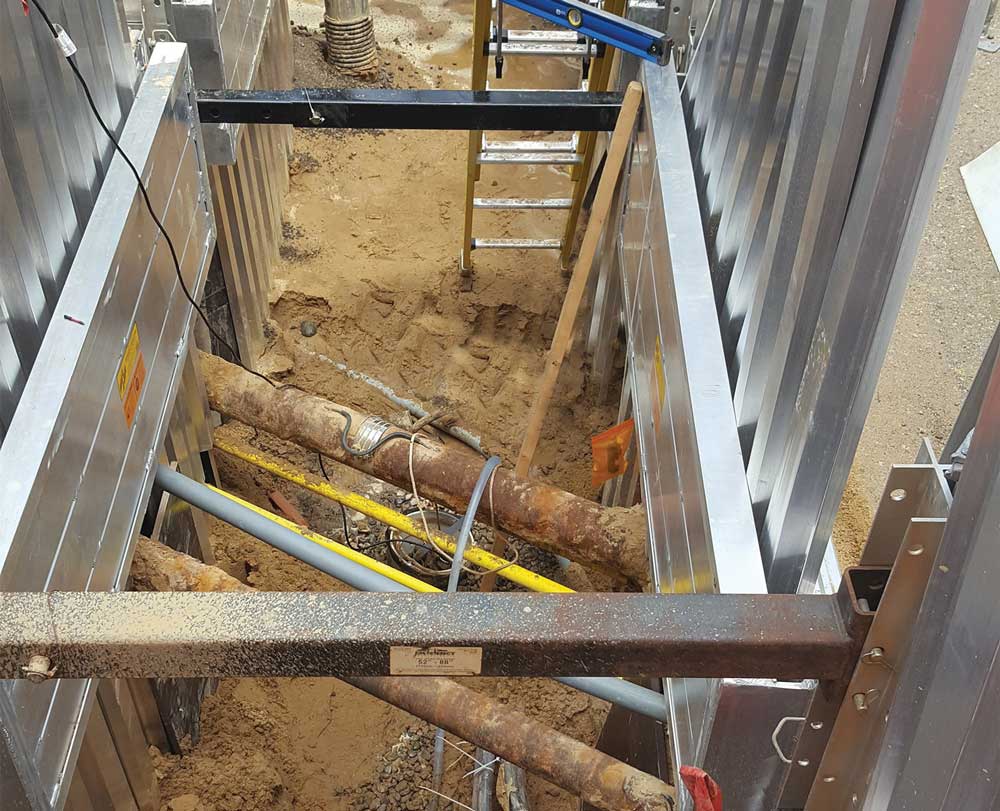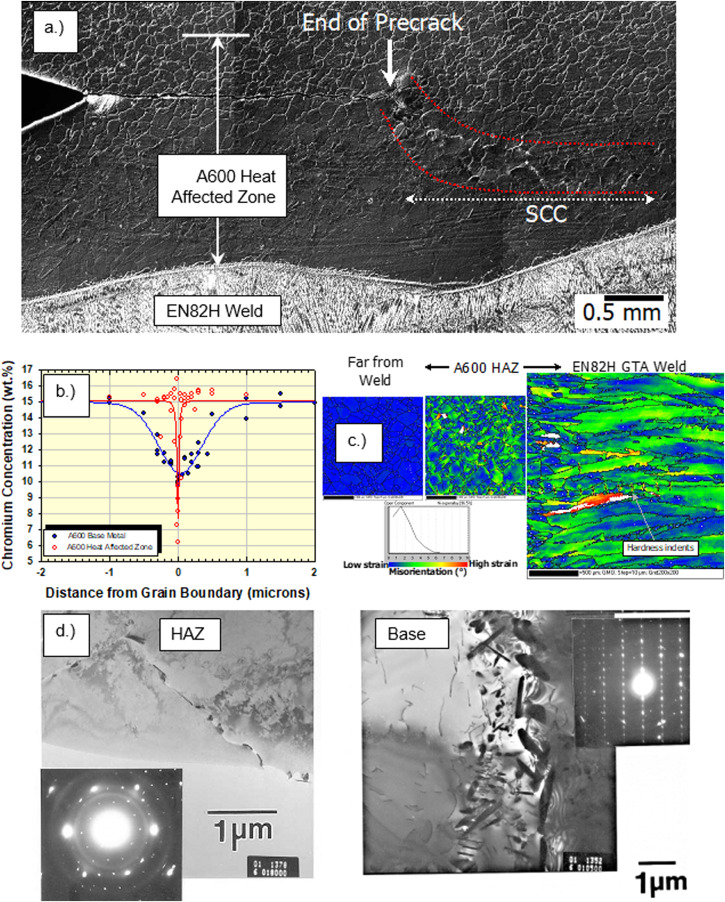Table of Contents
What Is Excavation Work in-depth Tips And Safety Procedures?
Excavation is an essential aspect of the site planning process since it will make or break the stability of the potential structure. Excavation must be meticulously prepared and executed to ensure a satisfactory building process.
Things to consider before starting with any project. Do not undertake any underground work until first having a comprehensive chart of underground infrastructure such as wires, drains, etc. marking out the locations of facilities and making sure that everybody in the crew understands where they are can find a previously submerged service is important. In addition, inspect the soil for contaminants and carry out a site investigation.
Also having up to date, well-maintained machinery is imperative, having machinery that has a service register and ohs risk assessment is a great start. Most machine hire companies should be able to provide machinery with the correct paperwork.
By this, you will be armed with this knowledge which will allow you to pick work methods and safety precautions that best suit your excavation needs.
Here are a number of things you can do to reach the complete and secure completion of your project completion project.

Trenching
Trenching is a technique for installing, maintaining or inspecting pipelines, conduits, or cables that entails digging a shallow trench in the earth. It’s a kind of excavation where the depth is greater than the width at the surface.
There are many businesses that depend on advanced trenching techniques to complete a project. Conducting complex functions related to electricity, telecommunications, and transportation is a difficult task, particularly while operating in a populated or metropolitan environment.
Trenches are used for a variety of uses in archaeology, structural engineering, and military engineering. They are mostly excavated in residential development to establish a foundation for houses. If the trench is at least 1.5 metres long, it must be well supported on both sides to prevent it from collapsing and to maintain worker protections.
A variety of approaches are used:
- Benching
- Battering
- Shielding
- Shoring
These serve as risk controllers, and they’re often combined to provide the most effective solution for a particular scenario as well as project-specific excavation materials.
Benchmarking
Benching is a way of preventing employees from cave-ins by excavating the sides of an excavation to create one or more horizontal floors or measures, with vertical or near-vertical surfaces between them.
Cave-in is described as the sudden displacement into an excavation of a mass of soil or rock material from the side of an excavation, or the loss of soil from under a trench shield or support structure, in sufficient quantity to cause serious damage to the workers.
A set of steps are built into the vertical surface of an excavation to prevent it from crumbling and slipping. Benching lowers the height of the wall which provides flexibility. Benches should be high enough to stabilize slopes to keep debris from descending to the working area from the top.
Battering
A battered wall is one that has been constructed with a deliberate slope. The expression “batter” applies to a specific angle that maintains stability and provides a safe slope to the excavated face.
In a battered wall, the taper typically offers a high foundation to support the weight of the wall above, with the top eventually being thinner to relieve the weight of the wall below.
When the earth is secure, the excavated slope is protected. If the ground’s integrity is compromised for some purpose (for example, due to heavy rainfall or flooding), adequate control mechanisms can be implemented, such as temporarily halting work or supplying ground assistance.
Shoring
When encountering unstable ground conditions, shoring is included. Weak earth or ground that is likely to be damp during drilling are examples of both. An individual could be buried, hit, or stuck by dislodged material in such situations.
Shoring is often seen in excavations and throughout the restoration or initial development of structures. For example, temporary help can be needed to alleviate the load on a masonry wall as it is restored or strengthened. A vertical set of shores can be expected if the wall is many floors high. In reinforced concrete structures, shores are often used to sustain the shapes for cast-in-place concrete slabs, beams, and girders.
No worker must access the section of an unsupported trench while shoring is being constructed for the construction. An arching effect is created by slightly compressing soil without enabling it to pass outward. For each particular scenario, you’ll need the advice of a knowledgeable individual; but, in general, the closer the shoring, the faster the soil arching performs.
Shielding
Shields and boxes differ from shoring in that shoring is used to prevent the collapse of a trench. Shielding and boxes are intended to keep workers safe in the event of cave-ins or other similar incidents.
Shields and boxes are used in trenches to withstand earth pressures and protect workers by having specific lifting points for installation and removal. Shields can be fixed in place or designed to be moved as the job progresses
Dewatering Is Critical for a Safe Work Environment
Before anyone is allowed to work in excavations where water has collected or is collecting, the necessary control measures should be in place.
Water may collect as a result of the following factors:
- A nearby swamp, dam, lake, river, or stormwater drain
- A high groundwater table seeping into the excavation after heavy rain
- After a heavy rain, surface runoff;
Excavation work may necessitate the control of large amounts of water in such cases, steel piling or closed sheeting is not always the best solution, and draining the ground before excavation begins is often the most effective method.
Here are a few to keep in mind:
- Pumping water directly into slopes is never a good idea.
- If the area shows signs of instability or erosion, stop dewatering.
- Dewatering channels must be stable and protected by grass and vegetation.
- During heavy rains, never dewater. During the dewatering process, the water and infiltration rate will be slower, or it will not function at all.
- Contaminated water should never be discharged.
Zones Affected By The External Load
The volume of soil affected by an external load around the excavation is referred to as the zone of influence.
The ground collapse could be caused by the influence of any loads near the excavation. No excavated material, mechanical plant, or other heavy loads should be in the zone of influence unless otherwise specified.
Few more safety considerations
- Set up a fence around the work area and put up signs. Make sure it’s well-guarded and well-lit at night.
- Install guardrails on footbridges and ensure that the workers use them.
- Ladders should be available where they are needed.
- Ensure that the working area is not harmed by blasting or other forms of heavy vibration.
Conclusion
Keeping your worksite safe should be your top priority, whether you’re working on a bridge repair, pipeline construction, sediment control, or shoreline restoration.
Excavation work can be difficult to manage. To be successful, it necessitates a high level of knowledge and professionalism. However, the necessary skills and hands-on experience do not come easily. To become a sought-after specialist, you must complete a comprehensive and effective training programme. As a result, it is always preferable to seek advice from a professional who is familiar with all of the tedious and difficult procedures.



